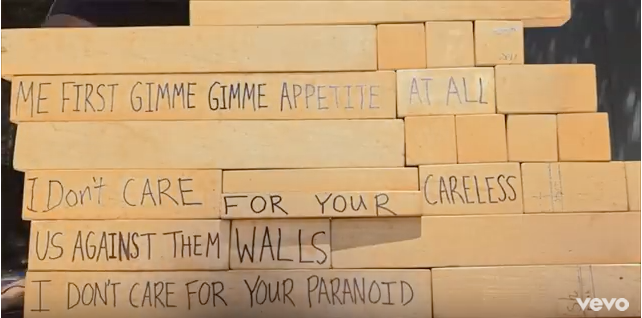Rhetoric is situational.
- bcw175
- Jan 16, 2018
- 3 min read
Lloyd F. Bitzer is extremely interested in the rhetorical situation, while most rhetorical theorists focus on the discourse (what is actually being said). Bitzer writes, “I want to know the nature of those contexts in which speakers or writers create rhetorical discourse.” This means that he wants to know that situation that leads up to the rhetoric. (Note: this does not mean the actual speaking event, such as the President of the United States physically giving his farewell address. This would be the situation leading up to his address- his four or eight years of presidency coming to an end).
When Bitzer says that rhetoric is situational, he means that rhetoric exists in reaction to a certain situation. He writes that “a work is rhetorical because it is a response to a situation of a certain kind.” For example, Martin Luther King gave his “I Have a Dream” speech in response to the ongoing maltreatment of African Americans in the United States. This situation led him to write this speech and speak in front of hundreds of thousands of people on that day in 1963.
The dictionary defines exigence as “a case or situation that demands prompt action or remedy.” Bitzer expands on this definition. He says exigence is “imperfection marked by urgency.” To be rhetorical and be part of the rhetorical situation, exigence has to be able to be changed. For example, natural death is a part of life, so it cannot be changed. Therefore, death cannot be a rhetorical exigence.
Something I’ve watched/listened to this week is the lyric video for Jack Johnson’s recent song called “My Mind Is for Sale.” The purpose of this song is to explain his feelings about Trump’s ideas, words, and actions and to inspire people to fight for what they believe in. If you have not seen this video or listened to this song, I highly recommend it. Click this link for the YouTube video: https://www.youtube.com/watch?v=Q3REipDpxNQ
The mode of this work is audio (the song) and visual (the lyric video). The media for the actual video is strictly digital in the sense that it can be seen on a computer or television. The song’s media is digital because it can be accessed through various technologies, but it is also print because there are physical copies of the album ("All the Light Above it Too"). The audience for this song and video is people in the United States. The genre of the song is folk rock.
Johnson has a very particular style in this song. He does not actually use Trump’s name, but he uses references to Trump’s ideas, words, and actions. I love the design of this video. Johnson writes words on wooden blocks and stacks up like a wall. This represents the wall that Trump wants to build at the Mexican-American boarder.

All of these elements work together to help Johnson achieve his purpose. Through the words of this song, Johnson explains his feelings. For example, he mentions “those hateful words he uses.” As well, he says, “I don’t care for your paranoid us against them fearful kind of walls” referencing Trump’s idea for a wall at the boarder of Mexico. Johnson uses the accompanying video to give a visual representation of some of the ideas in his song. He knocks down the blocks to symbolize that he does not agree with the hateful language and ideas that Trump is promoting. The first time that I saw this video, the whole song really “clicked” in my head and everything made sense.





















Comments